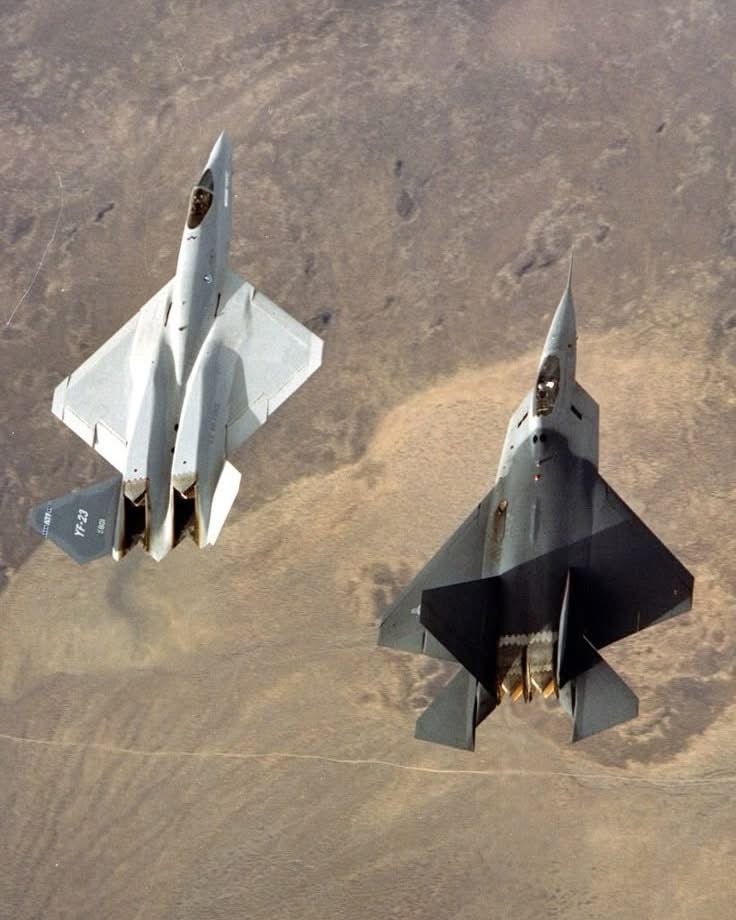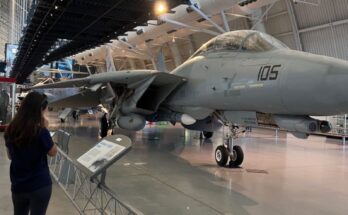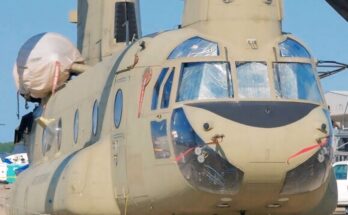
The YF-23 and YF-22 were two advanced fighter prototypes developed in the late 1980s and early 1990s as part of the United States Air Force’s Advanced Tactical Fighter (ATF) program. This program aimed to produce a next-generation stealth air superiority fighter to replace the aging F-15 Eagle and maintain U.S. dominance in the skies well into the 21st century.
Northrop, partnered with McDonnell Douglas, designed the YF-23, while Lockheed, working with Boeing and General Dynamics, created the YF-22. Both aircraft were revolutionary in terms of stealth, speed, agility, and avionics. The YF-23, nicknamed the “Black Widow II,” featured a sleek, futuristic design with diamond-shaped wings and a v-tail. It prioritized stealth and high-speed performance, excelling in radar evasion and long-range capabilities. The aircraft could reach supercruise speeds without afterburners and presented an innovative approach to low-observable design.
The YF-22, on the other hand, placed greater emphasis on maneuverability while still offering advanced stealth features. It was more compact, with thrust-vectoring nozzles that gave it exceptional agility in dogfighting scenarios. While perhaps not as stealthy as the YF-23, it provided a balance of performance, survivability, and adaptability.
After a series of competitive test flights, the U.S. Air Force selected the YF-22 in 1991, leading to the development of the F-22 Raptor. The decision came down to the YF-22’s demonstrated agility, more conventional design, and lower development risk. The YF-23, despite its impressive speed and stealth, was ultimately set aside, with only two prototypes ever built.
Today, the YF-23 remains a symbol of what could have been, while the YF-22 evolved into one of the most advanced fighters in service. Together, they represent a pivotal moment in aviation history and the future of air combat.


